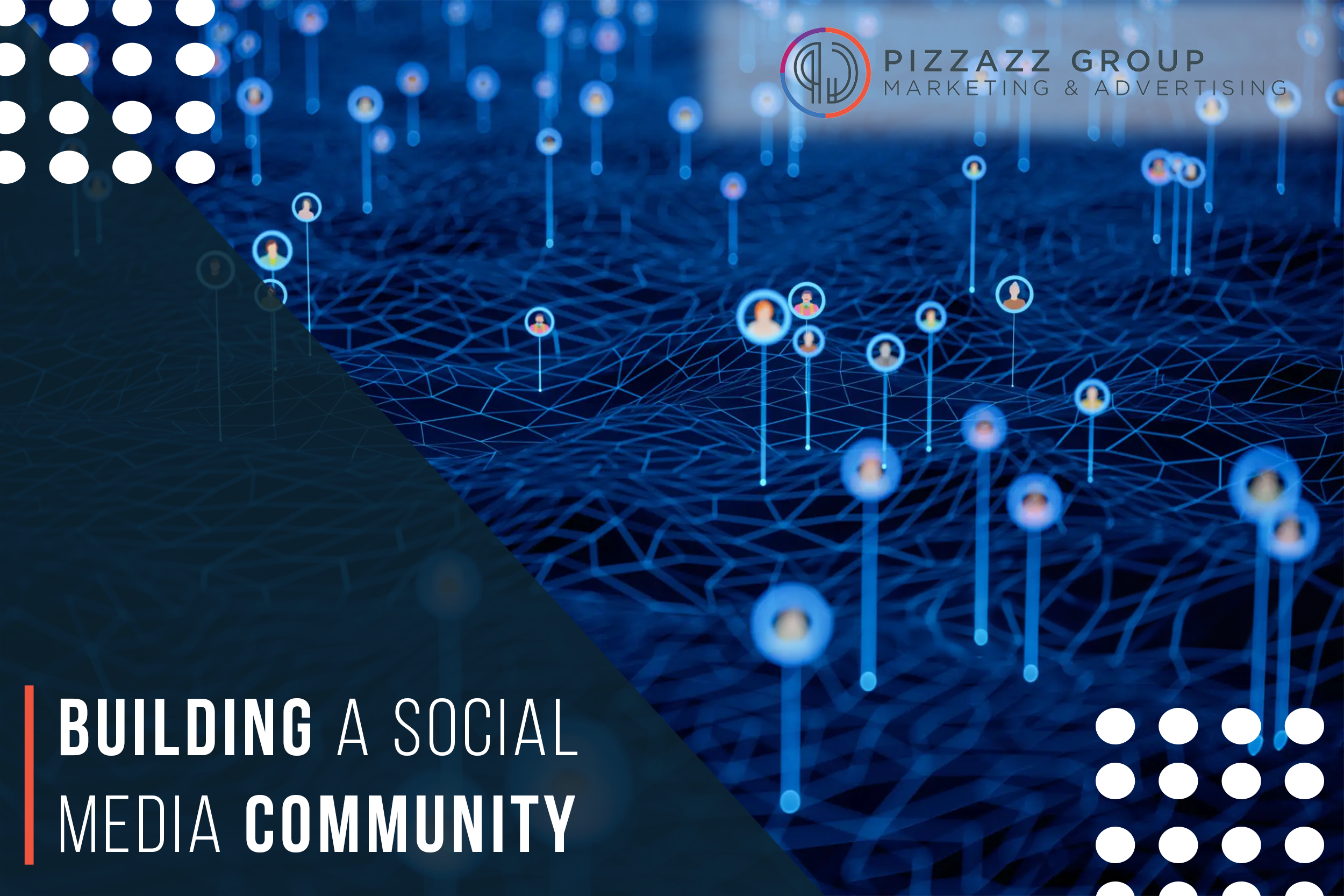
Understanding the Importance of a Social Media Community
Understanding the Importance of a Social Media Community

• Brand Loyalty: Engaged community members are more likely to remain loyal to your brand, advocate for it, and support its initiatives.
• Increased Reach: A strong community amplifies your reach as members share your content with their networks, attracting new followers and customers.
• Feedback and Insights: Communities provide valuable feedback, insights, and market research opportunities, helping you understand customer preferences and improve offerings.
• Support Network: Build a supportive environment where members can connect, share experiences, and seek advice related to your niche or industry.
Strategies for Building a Social Media Community
1. Define Your Community’s Purpose and Values
• Identify Goals: Determine what you aim to achieve through your community, whether it’s customer support, industry networking, knowledge sharing, or brand advocacy.
• Establish Values: Define core values that guide interactions within the community, such as respect, transparency, inclusivity, and authenticity.
2. Choose the Right Social Media Platforms
• Facebook: Ideal for creating groups, hosting discussions, and building a community around shared interests or hobbies.
• Instagram: Best for visual storytelling, behind-the-scenes content, and fostering a lifestyle-oriented community.
• LinkedIn: Suitable for professional networking, industry discussions, and thought leadership within B2B sectors.
• Twitter: Great for real-time conversations, news updates, and engaging with a broad audience through hashtags and trending topics.
• YouTube: Perfect for video-centric communities, tutorials, and educational content.
• Reddit: Explore niche communities (subreddits) relevant to your industry or interests for targeted discussions and engagement.
• Educational Content: Share industry insights, tips, tutorials, and how-to guides that empower and inform your audience.
• Entertainment and Inspiration: Use storytelling, humor, visuals, and motivational content to engage emotions and spark conversations.
• User-Generated Content (UGC): Encourage members to share their experiences, testimonials, and creative contributions related to your brand or niche.
4. Foster Genuine Interactions and Engagement
• Respond Promptly: Acknowledge comments, questions, and feedback from community members in a timely and personalized manner.
• Ask Questions and Encourage Discussions: Initiate conversations, polls, and Q&A sessions to solicit opinions, insights, and contributions from members.
• Highlight Member Contributions: Recognize and showcase user-generated content, success stories, and valuable contributions to strengthen community bonds.
• Moderate Effectively: Maintain a positive and respectful environment by enforcing community guidelines, addressing conflicts diplomatically, and preventing spam or inappropriate behavior.
5. Encourage User Participation and Collaboration
• Contests and Challenges: Organize contests, giveaways, or challenges that encourage members to showcase their talents, creativity, or knowledge.
• Collaborations and Partnerships: Collaborate with influencers, experts, or complementary brands to offer exclusive content, joint campaigns, or co-hosted events.
• Member Spotlights: Feature community members through interviews, guest posts, or spotlight series to recognize their achievements and contributions.
6. Establish Consistent Communication and Engagement
• Content Calendar: Plan and schedule posts, discussions, events, and announcements to maintain consistency and visibility.
• Live Sessions and Webinars: Host live streams, webinars, or AMA (Ask Me Anything) sessions to engage directly with members, answer questions, and provide real-time value.
• Newsletter or Updates: Send regular newsletters or updates highlighting community news, member achievements, upcoming events, and exclusive content.
7. Leverage Analytics and Feedback for Continuous Improvement
• Engagement Metrics: Track likes, comments, shares, and mentions to gauge content performance and community interaction.
• Audience Insights: Analyze demographic data, member activity, and content preferences to tailor your strategy and content.
• Feedback Loops: Solicit feedback through surveys, polls, or direct inquiries to understand member satisfaction, identify areas for improvement, and implement actionable insights.
8. Promote Community Growth and Advocacy
• Referral Programs: Incentivize members to invite friends, colleagues, or contacts to join the community.
• Ambassador Programs: Identify and empower passionate members as community ambassadors or advocates to promote your brand and recruit new members.
• Cross-Promotion: Collaborate with other communities, influencers, or brands to expand your reach, share resources, and foster cross-community engagement.
Case Studies and Success Stories
• Customer Stories: Share testimonials, success stories, or case studies highlighting how community engagement impacted members’ lives or business outcomes.
• Campaign Results: Present measurable results, such as increased engagement rates, member retention, or brand advocacy achieved through community initiatives.
Conclusion
Building a social media community requires dedication, strategic planning, and genuine interaction to foster engagement, cultivate relationships, and drive mutual benefit. By defining your community’s purpose, choosing the right platforms, creating valuable content, fostering genuine interactions, encouraging user participation, maintaining consistent communication, leveraging analytics for insights, promoting growth, and sharing success stories, you can create a vibrant and supportive community that enhances brand loyalty, amplifies reach, and drives sustainable growth. Embrace authenticity, transparency, and member-centricity to cultivate a thriving social media community that adds value, fosters connections, and contributes to your brand’s long-term success.
For more information on Social Media Marketing, contact Pizzazz Group at customer@pizzazzgroup.com or by calling (614) 350-1681.
Related Social Media Marketing Blogs
Small Business Social Media Tips
Creating a compelling social media presence for small businesses creates a strong connection with your customer, amplification of brand awareness, and increased sales. Here’s a comprehensive guide on small business social media tips.1. Understand Your AudienceBefore...
How to Use Social Media Hashtags Effectively
When used strategically, hashtags can amplify your content's visibility, attract a targeted audience, and align with broader conversations or trends. Whether you're a business, influencer, or content creator, mastering the art of using hashtags effectively can...
The Benefits of Social Media Contests and Giveaways
Contests and giveaways have emerged as powerful tools for brands to boost engagement, increase brand awareness, and drive growth. Whether you're a small business, a content creator, or a large corporation, leveraging contests and giveaways can yield significant...





